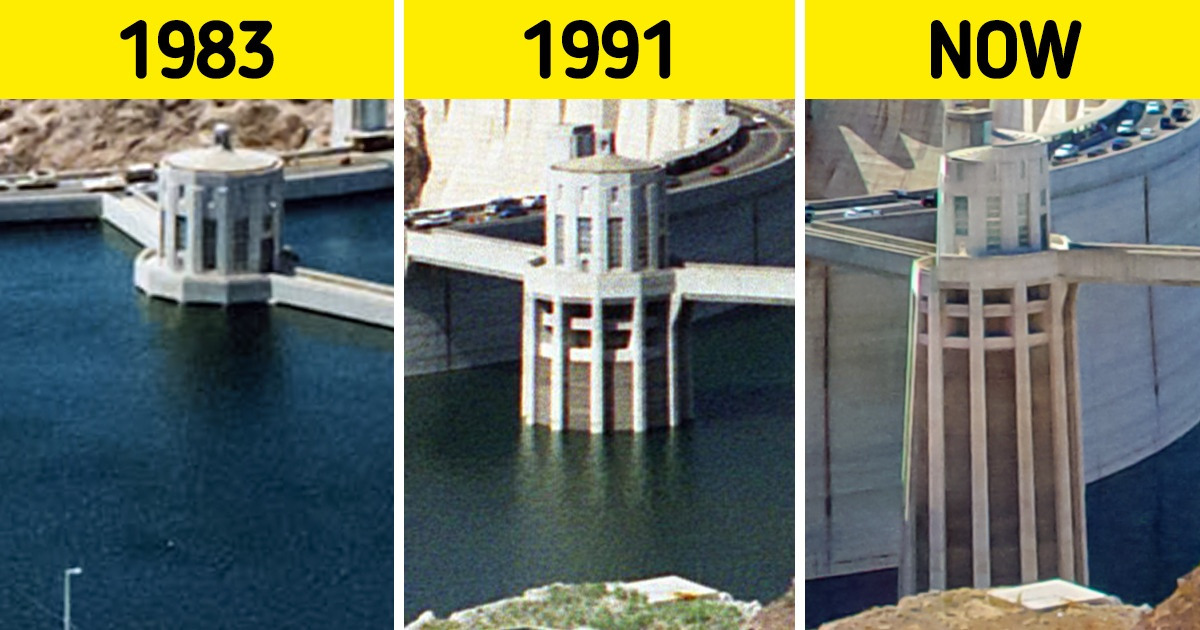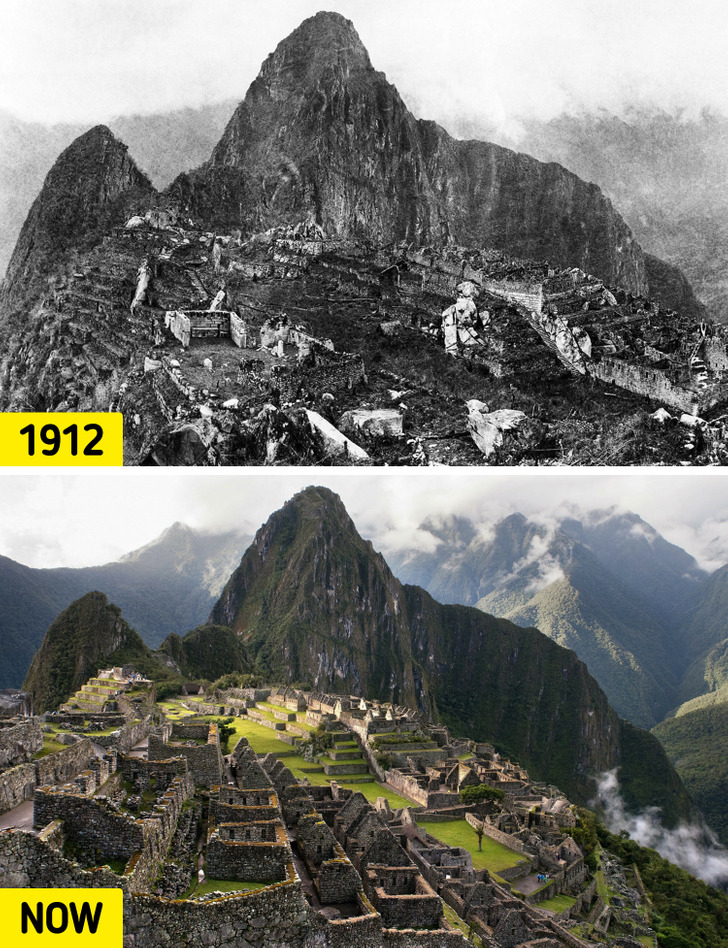10+ Hilarious Passive-Aggressive Notes That Will Brighten Up Your Day


Traveling and exploring can always lead us to mysterious new places. That’s how many ancient ruins were found by brave explorers centuries ago. Most places have changed a lot since their discovery, and some of these transformations are incredible.
El Castillo is a Mesoamerican step-pyramid found in the center of the Chichén Itzá archaeological site. In Frederick Catherwood’s illustrations, the temple was covered with dense vegetation. There are also twentieth-century photographs showing the temple partially surrounded by this vegetation.
The Mexican government was asked for permission to conduct investigations and restoration work in and around the Chichén Itzá region in 1924 by the Carnegie Institution for Science in Washington, D.C. They began the project in 1927 with the help of archaeologists from Mexico. In April 1931, in an effort to support the theory that the Kukulcán temple’s building was built over an even earlier temple, the excavations began and proved the beliefs to be true.
The Colosseum is found in the center of Rome, Italy, not far from the Roman Forum. It’s the biggest ancient amphitheater ever built and is still considered the largest, despite its age. The Colosseum was first used for entertainment, which ceased in the early medieval era. Later it was reused for workshops, housing, and other purposes.

Machu Picchu is one of the most fascinating ancient remains that exists. It was built in the 15th century by the Incas and is located in the Eastern Cordillera of Southern Peru. Today’s archaeologists think that the ancient city of the Incas was built around 1438-1472. Many also refer to it as the “Lost City of the Incas.”
The Great Wall of China was built by multiple dynasties and served as the border of ancient China states. Aside from defense, the Great Wall’s primary goals included border controls, allowing taxes on goods traveling along the Silk Road, regulating or promoting trade, and managing immigration and emigration.
Tulum is situated in the Mexican state of Quintana Roo, part of a pre-Columbian Mayan walled city that served as a vital and major port for Coba back then. The ruins are considered one of the best preserved coastal Mayan sites. Nowadays, it has even become a popular site for tourists.
Hampi was the capital town of the Vijayanagara Empire in the 14th century. According to Persian and European explorers’ chronicles, mainly Portuguese, Hampi was a thriving, wealthy, and a colossal city next to the Tungabhadra River, with many temples, farms, and commercial markets. Later on, it got destroyed by conquerors, which left the city in ruins.
Angkor Wat is a temple complex in Cambodia built in the 12th century. The Khmer translation of the contemporary name Angkor Wat, also known as Nokor Wat, is “Temple City” or “City of Temples.” It is located in Yaśodharapura/Angkor, the capital of the Khmer Empire, which is present-day Siem Reap.
The Roman Forum is situated in central Rome. It is also known by its Latin name Forum Romanum. This place is considered a plaza that is surrounded by several ancient governmental building ruins.
For many centuries this plaza was the center of everyday life in Rome. There are also many famous and important buildings located next to the Forum.
This amazing place suffered its greatest losses during the Renaissance when Pope Paul III destroyed and exploited the monuments for materials to build the new Saint Peter’s Basilica.
This dam is located on the border between the U.S. states of Nevada and Arizona. And we can see how much the water level has dropped over the past decades.
Which one seemed the most impressive of all? What other places would you add to this list?











